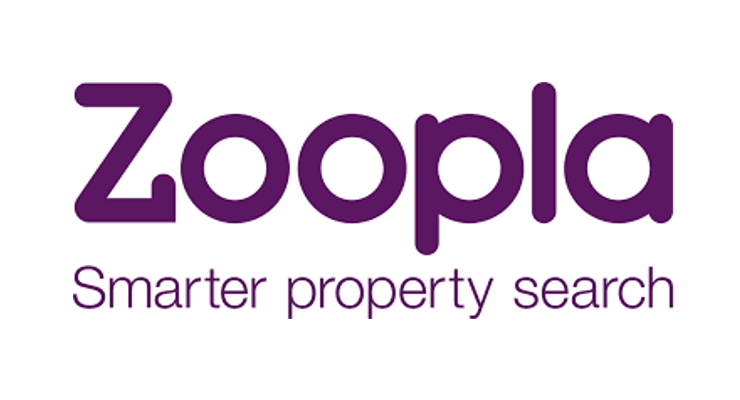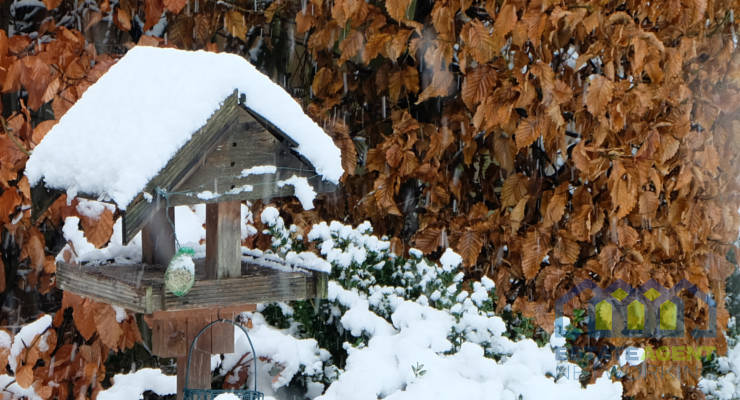Protect Your Machinery with Precision Maintenance Practices
In the modern industrial world, where time and accuracy are of the essence, it is not enough to simply recommend that equipment be serviced with accuracy. Regular maintenance of the machines helps to enhance their performance, minimize the time the machine may be off, and, in the same way, improve the life of the investments. However, this can only be done with a well-designed plan, modern methods, and equipment. Why not learn how to protect your machinery with seven precision maintenance measures to ensure your production remains smooth and efficient?
1. Adopt the use of Predictive Maintenance Procedures.
Predictive maintenance is the foundation of today’s machinery management. Contrary to conventional preventive maintenance, where services are arranged at fixed times or running hours, predictive maintenance checks the condition of the equipment to determine when to service it. This approach uses techniques such as vibration monitoring, oil condition monitoring, and thermal condition monitoring to identify faults before they escalate.
Predictive maintenance helps prevent breakdowns, manage maintenance expenses efficiently, and improve the productivity of your equipment. For instance, vibration analysis can show a lack of alignment, or unbalanced or loose rotating equipment and hence can be corrected before they cause a breakdown.
2. Improve maintenance by using Condition Monitoring Systems
Therefore, it is crucial that condition monitoring systems are in place in a predictive maintenance system. Such systems gather data from your machinery and present it to you in real-time to help you understand how your machinery is performing. Condition monitoring involves measuring parameters like temperature, pressure, vibration, and noise and thus makes it easier to identify when a particular machine is likely to fail.
The greatest strength of condition monitoring is its capability to provide a systems approach to the condition of your machinery. This will help you make the right decisions on when to service your equipment, hence increasing its durability, as well as saving on costs that could have been incurred unnecessarily.
3. Dynamic balancing for rotating equipment should be given the highest level of consideration
Some of the most important and commonly used equipment in industries is rotating equipment, which includes pumps, motors, and turbines. Nevertheless, even slight disbalances of these components can cause serious problems, such as vibrations, noises, and workouts. This is where quality dynamic balancing steps in to address the issue.
Dynamic balancing is a process of adjusting the positions of mass in rotating parts to reduce vibration and improve system stability. This process is important to avoid problems that can occur with your equipment and damage the bearings, shafts, and other parts. By performing dynamic balancing, the machinery’s performance is enhanced, and the probability of failure is minimized. Properly balanced equipment also works more effectively, reducing energy consumption. In the long run, this can significantly reduce maintenance costs and improve the life of your machines.
4. An Effective Plan on Lubrication Management
Lubrication is an important aspect of minimizing friction, wear, and heat in any given machine. But generic thinking can be dangerous, and a one-size-fits-all approach to lubrication is not enough. Each component and working environment calls for special lubricants in certain quantities and frequencies of use. A complete lubrication plan requires identifying the types of lubricants suitable for the particular operating conditions, the type of machinery, and the manufacturer’s recommendations. It also encompasses checking the lubricant’s viscosity and quality with regard to contamination. Proper lubrication can prevent avoidable conditions such as overheating, freezing, sticking, or wearing out of parts at high rates. Also, the utilization of automated systems in lubrication can increase the reliability and precision of the lubrication applied to the components to minimize human mistakes.
5. Integrating Precision Alignment Strategies
Vibration and noise, as well as an increase in the rate of wear, are often associated with the misalignment of shafts and couplings. Other precision alignment techniques include laser alignment, where components are well aligned, decreasing the strain on the parts and enhancing the overall working of the equipment. Laser alignment is precise and can be used for very close tolerance alignment of the components in a system. This lowers the probability of failure and increases power effectiveness by decreasing friction and conduct losses.
Thus, when maintaining your machines, it is a good idea to use precision alignment to avoid expensive reconstructions. Further, high accuracy in the adjustment can enhance the quality of the product since machinery can work efficiently within the set standards.
6. Apply the Root Cause Analysis for Recurring Concerns
Machinery problems that continue to occur even with regular maintenance must be solved at the core level rather than the problematic one. Root Cause Analysis (RCA) is identifying causes of equipment failure to enable you to fix them at the source. The RCA process entails getting information on the failure, the factors that led to the failure, and measures that can be taken to avoid the same. This process solves the current problem and enhances your whole maintenance approach to prevent such matters in the future.
7. Educate Your Maintenance Team on the Right Ways to Go About It
All the best maintenance practices and tools are only as good as the people who use them. To enhance accuracy in machinery maintenance, it is important to ascertain that your maintenance team has the right skills, knowledge, tools, and safety measures. Ensure you take your employees through refresher courses, which include predictive maintenance, Condition monitoring, Dynamic balancing, Lubrication, and Alignment, among others. By giving your team the information they need, you will be helping them to do their work more effectively and with greater confidence.
Conclusion
Caring for your equipment through precise service is highly beneficial for its overall life, productivity, and stability. With these seven strategies—predictive maintenance, condition monitoring, dynamic balancing, lubrication, alignment, root cause analysis, and team training—you can easily reduce downtime, minimize the cost of maintenance, and increase the life of your equipment. In the current world of manufacturing industries, precision maintenance goes beyond ensuring that the machines are functioning correctly because it guarantees the business’s productivity.









